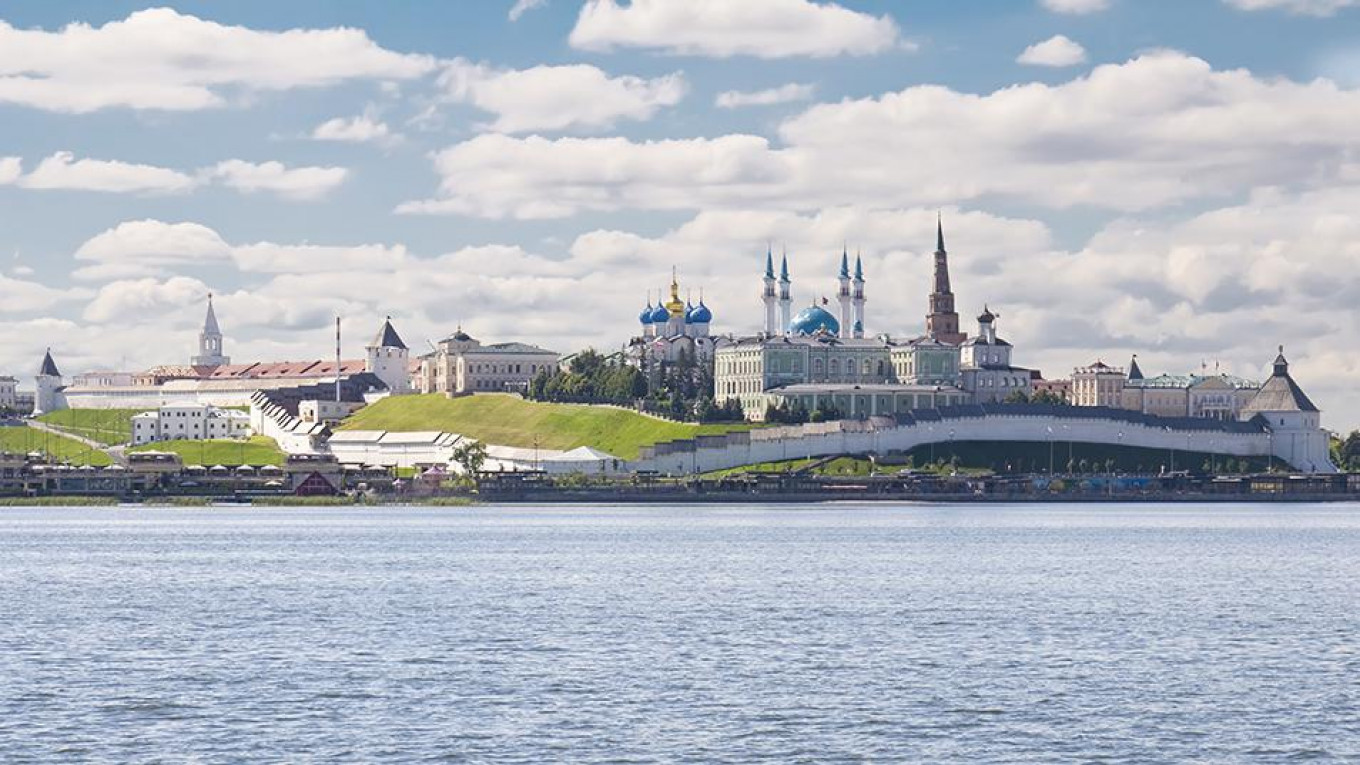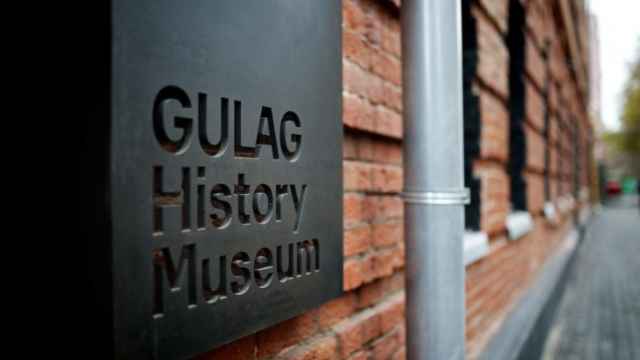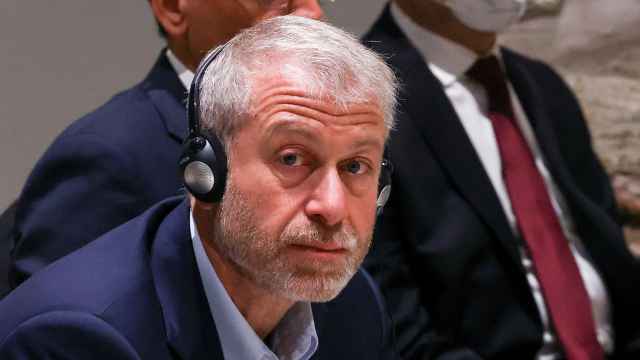Kazan is one of Russia’s most vibrant and multicultural cities, if you’re lucky enough to visit during the World Cup, you certainly won’t be disappointed.
Kazan officially celebrated its millennium anniversary in 2005, although it remains unclear exactly when the city at the confluence of two rivers, the Volga and the Kazanka, was founded. There’s evidence that by the 11th century there was a fortress there, defending the northeastern borders of Volga Bulgaria, a historic Bulgar state. However, a Mongol invasion headed by Batu Khan almost annihilated Volga Bulgaria in 1236.
The etymology of the city’s name has perplexed researchers. Though obviously connected with the name of the river Kazanka, it has also been linked to the word “kazan,” which means cauldron. There’s a popular theory that the city is built on a hill that resembles a cauldron.
Despite the constant insurgencies, Volga Bulgaria was incorporated into the Golden Horde Mongol khanate. After its capital, Bulgar, was all but destroyed in a Mongol raid in 1361, Kazan rose to prominence as the new regional center. Enjoying proximity to several trade routes, it quickly expanded into a proper city. When the Golden Horde collapsed, an independent Kazan Khanate was established in 1438.
The Kazan Khanate had an uneasy relationship with its western neighbor, Muscovy. Several wars were fought before Ivan the Terrible’s campaign in the early 1550s put an end to the Kazan Khanate. The island city of Sviyazhsk was founded by Ivan the Terrible in 1551 as the launching ground for his troops against Kazan.
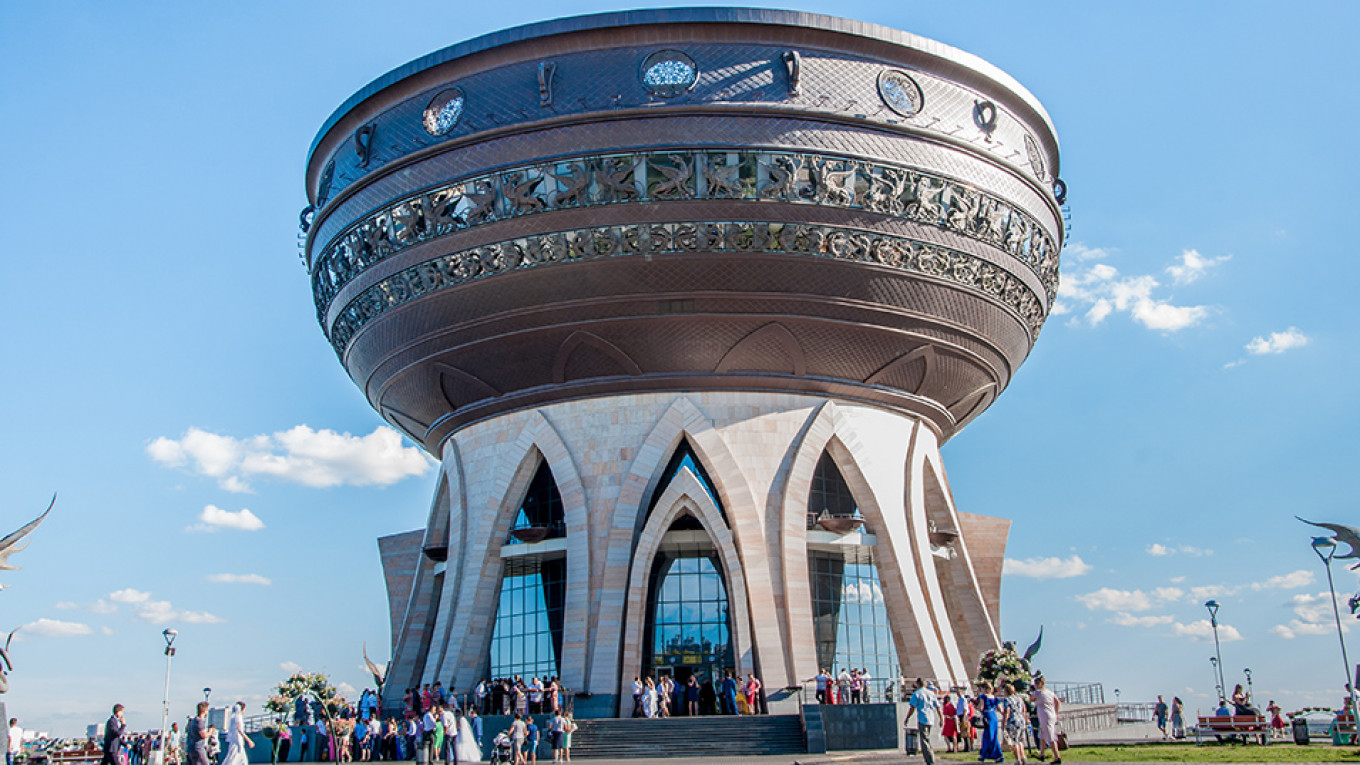
In 1552 his troops successfully sieged Kazan. Much of the city was destroyed by the Russian troops, and surviving Tatars were forced to settle beyond the city walls on the shores of Lake Kaban, in what later became known as the Old Tatar Quarter (Staro-Tatarskaya Sloboda).
Some of Kazan’s most famous landmarks were built after the city was taken by Ivan the Terrible, including the new Kremlin walls, as well as Annunciation Cathedral inside the fortress. One of the architects was Postnik Yakovlev, the man behind the Saint Basil’s Cathedral on Moscow’s Red Square — a church that, ironically, celebrates the victory over Kazan.
Thanks to its oil deposits, the Republic of Tatarstan is one of the richest and most economically developed regions in the country.
There’s a legend about the Suyumbike Tower — the most prominent structure within Kazan’s Kremlin. Suyumbike was reportedly the niece of Kazan’s khan, and Ivan the Terrible wanted to marry her. Suyumbike agreed, but only if the tsar would build the highest tower in the city. When it was completed, she climbed the stairs and threw herself off the top. Many historians dispute this and claim that the tower was built in the 17th century.
All the mosques in the city were destroyed and there was a policy of forced conversion to Christianity, but this changed in the latter half of the 18th century, when Catherine the Great once again allowed mosques to be built. In 1804 Alexander I founded Kazan University, the third institution of higher education in the country. Notable students include Leo Tolstoy and Vladimir Lenin.
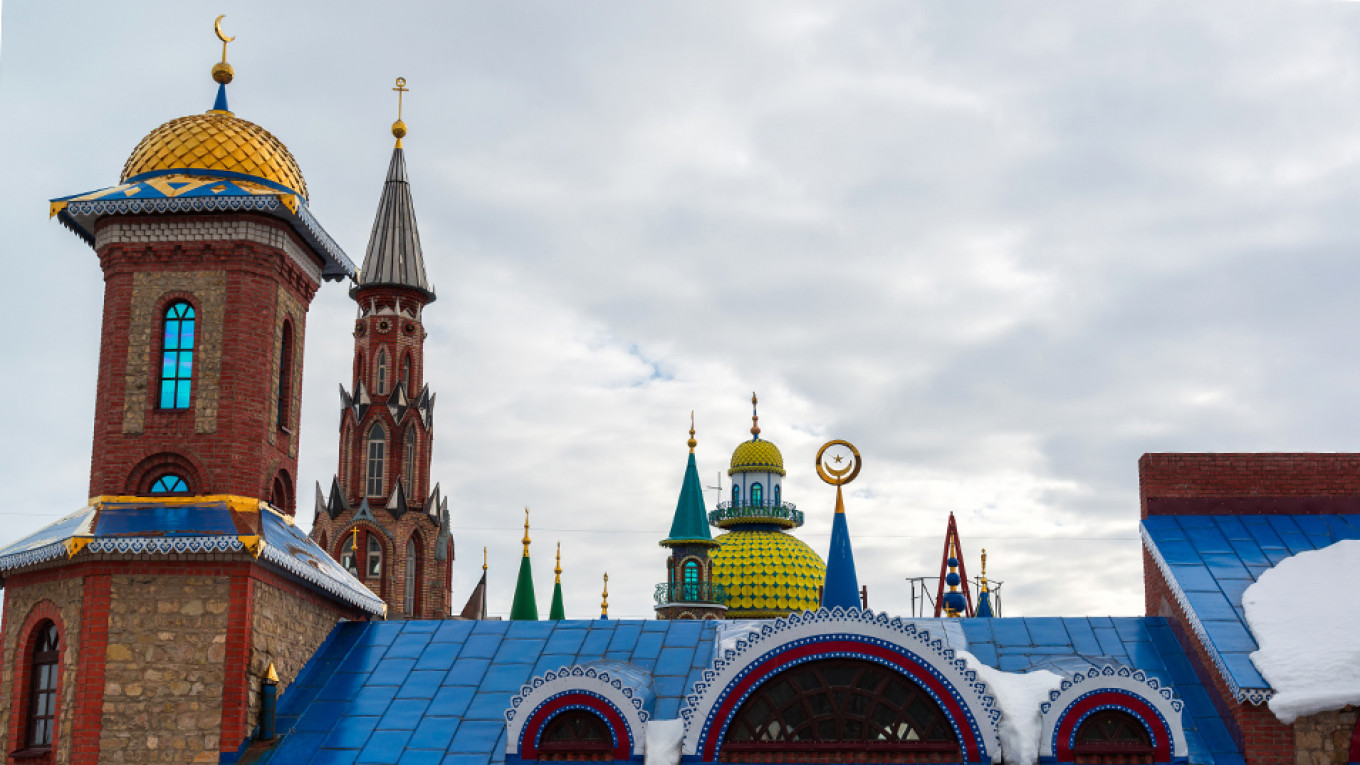
After the October Revolution, the Tatars got the chance to have their own political entity once again. The Tatar Autonomous Soviet Socialist Republic was established in 1920. Although officially part of the RSFSR, Tatarstan enjoyed certain freedoms, including official status for the Tatar language, and the preservation of its unique local culture. In the 1940s, several large oil wells were discovered in Tatarstan and oil production remains the major source of income for the region.
In 1992, after the collapse of the Soviet Union, the region was renamed the Republic of Tatarstan and is one of the few Russian regions that elects its own president. In 2009 Kazan was allowed to officially brand itself as the “third capital” of Russia.
Thanks to its oil deposits, Tatarstan is one of the richest and most economically developed Russian regions, powering ahead of even its closest neighbors. Tatarstan has recently ventured into the realm of innovative economy by building Innopolis, dubbed “a Russian Silicon valley,” in the suburbs of Kazan. As of the end of 2016, the new “city” features a school, kindergarten, university, sports and medical center, supermarket and multi-story apartment blocks.
A Message from The Moscow Times:
Dear readers,
We are facing unprecedented challenges. Russia's Prosecutor General's Office has designated The Moscow Times as an "undesirable" organization, criminalizing our work and putting our staff at risk of prosecution. This follows our earlier unjust labeling as a "foreign agent."
These actions are direct attempts to silence independent journalism in Russia. The authorities claim our work "discredits the decisions of the Russian leadership." We see things differently: we strive to provide accurate, unbiased reporting on Russia.
We, the journalists of The Moscow Times, refuse to be silenced. But to continue our work, we need your help.
Your support, no matter how small, makes a world of difference. If you can, please support us monthly starting from just $2. It's quick to set up, and every contribution makes a significant impact.
By supporting The Moscow Times, you're defending open, independent journalism in the face of repression. Thank you for standing with us.
Remind me later.


